Recently, someone pointed out a blog posting about my great-grandfather, James Churchward and his brother, Albert. Unfortunately, they provided some bad information about James and Albert. The blog posting provides this background:
Dr. Albert Churchward (1852-1925) was a Mason and member of the Geological Society of London. He is the well-respected author of books delving into the evolution of symbols through history in The Origin and Evolution of Religion, Signs and Symbols of Primordial Man, and The Origin and Evolution of the Human Race. He also collaborated extensively with his brother James Churchward, noted author of The Lost Continent of Mu and an additional series of books about the lost continent.
I have posted quite a bit of information about James, here is some on his younger brother Albert:
1852 09/18 Albert Churchward is born to Henry and Matilda Churchward in Okehampton, County Devon.
1870 – Finished Grammar school in Penge, Brompton, Surrey at Stambridge Road and entered Guy’s University Medical School in London Bridge in Surrey.
1873 – Graduated Guy’s University Medical School in London Bridge, Surrey. Admitted to Royal College of Physicians.
1874 – Admitted to Royal College of Surgeons.
1876 – Admitted to membership in Royal College of Physicians, Edinburgh. Medical Doctor, Brussels.
1898 02/28 Joined Geological Society of London with brother Wm. Gould Churchward.
1910 – Authored: “The Signs and Symbols of Primordial Man, being an explanation of the Evolution of Religious Doctrines from the Eschatology of the Ancient Egyptians”
1915 – Authored: “The Arcana of Freemasonry”
1921 – Authored: “Origin and Evolution of the Human Race”
Nov. Received illustrations from James Churchward, his older brother living in New York; “Illustrations for Lecture on the Origin of Freemasonry”
1923 – Resigned from Geological Society of London.
1924 – Authored: “The Origin and Evolution of Religion”
1925 09/04 Death of Dr. Albert Churchward. London Times Obituaries, Sept 5, 1925.
As noted by the title of one of his books, Albert was a Freemason, his obituary from the London, “Freemason” is reproduced below.
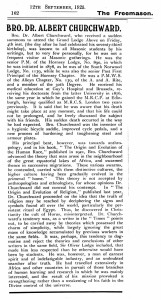
Albert’s books were not just about the evolution of symbols, but were also about Freemasonry and his belief in human evolution. Albert placed the origin of man in the Nile valley and the lakes at the head of the Nile in Africa. He related that Freemasonry developed among primitive men with the “Stellar Cult” observing Polaris and six other stars in the constellation of Ursa Minor.
James’ books were about a now-sunken Pacific Ocean continent where mankind was created and evolution was impossible. In ‘Books of the Golden Age,’ James writes that Freemasonry is actually a ‘remnant of the First Religion of Mankind’ and based on the ‘Sacred Inspired Writings of Mu.’
Perhaps they conspired to correspond with each other, but would their nefarious purpose be better served if they actually worked together? James did not publish prior to the death of his brother and when he did, he took a completely different path as indicated above.
Even a simple reading of their works would immediately indicate the differences in their theories, so I am not sure what they would have to gain in the supposed plot.
As far as the ‘swastika’ symbol used in the posting:
Niven Tablet # 1231 was reproduced in a few of James’ books and was also identified as a symbol of the Sacred Four.
As some of Niven’s tablets have been analyzed and are accused of being a hoax, (i.e., created by Niven’s diggers to ‘salt’ the dig so that Niven would remain on their land and keep paying them) I am no longer concerned with them as legitimate artifacts. My attempt to discover the real meaning behind the tablets was with the understanding that they were real artifacts and not a hoax.

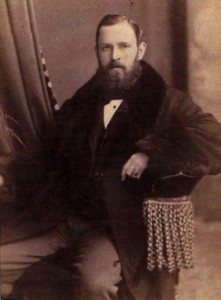
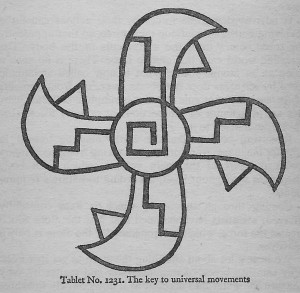

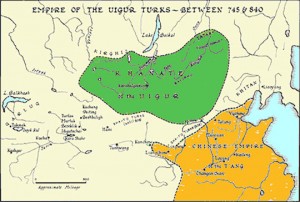
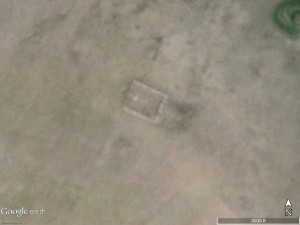
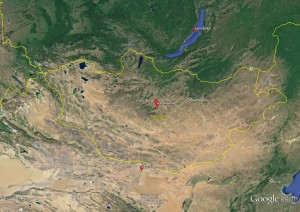
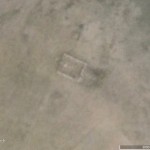
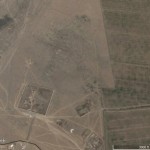
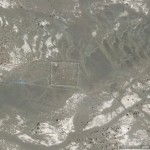
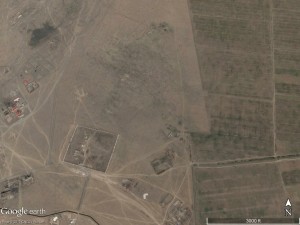
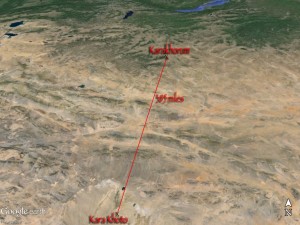
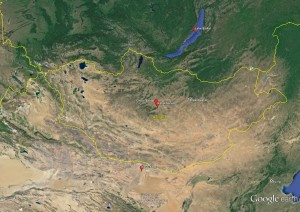
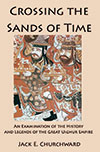
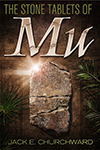
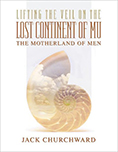



 RSS - Posts
RSS - Posts